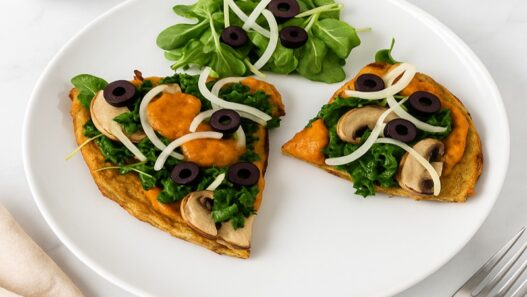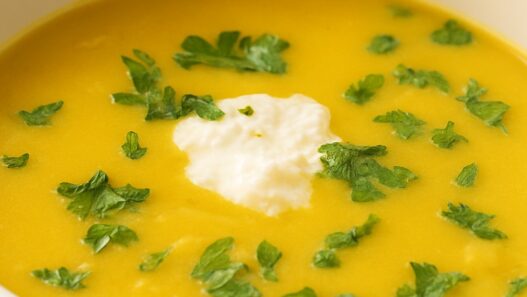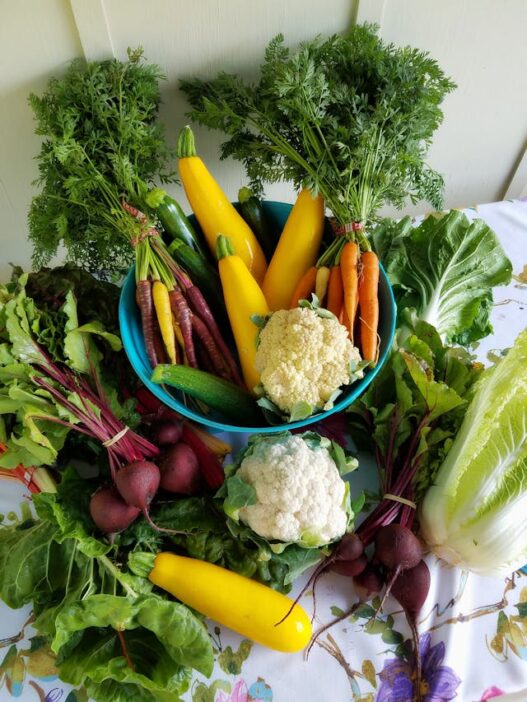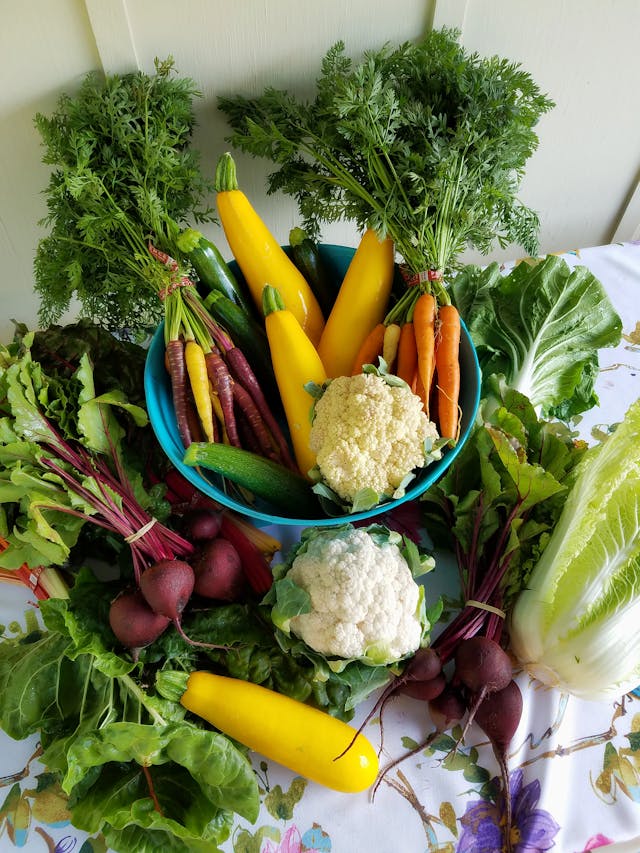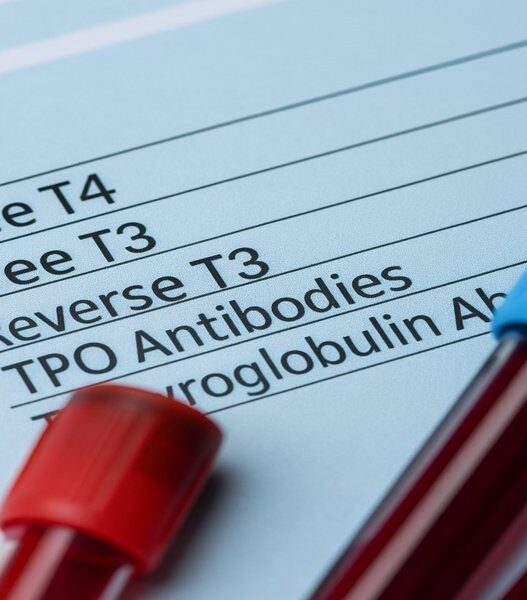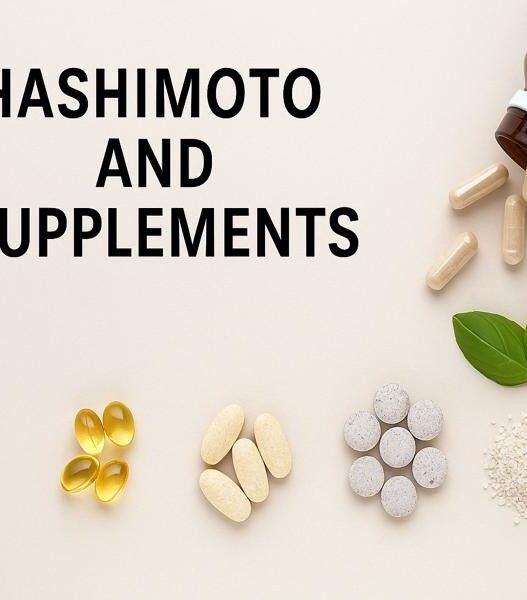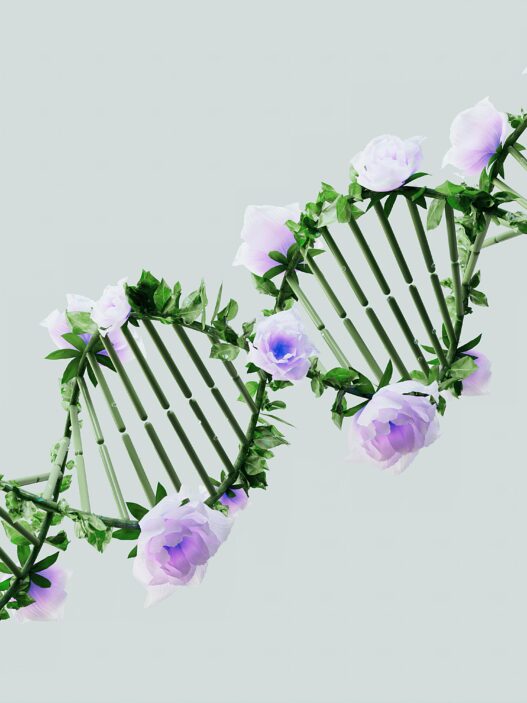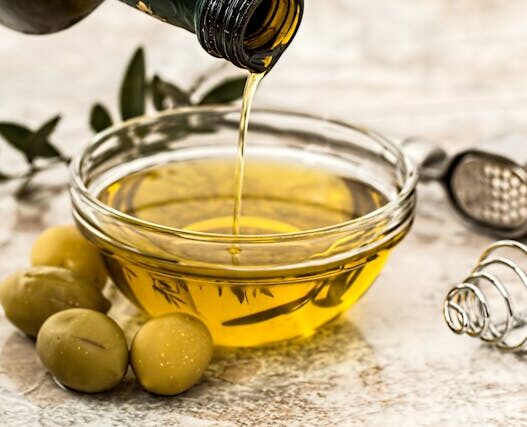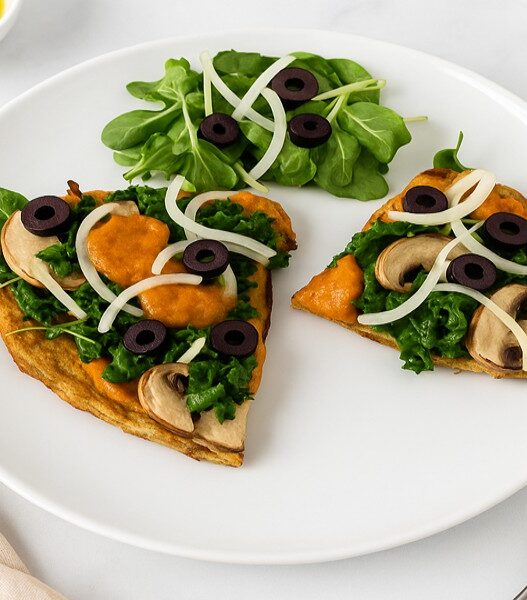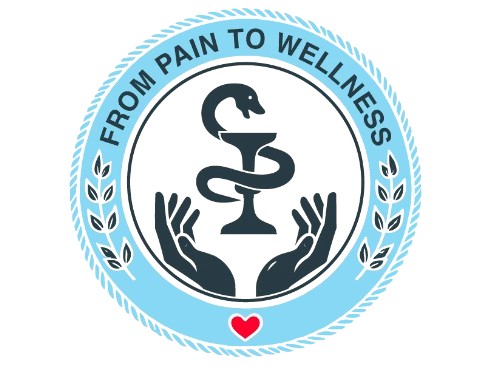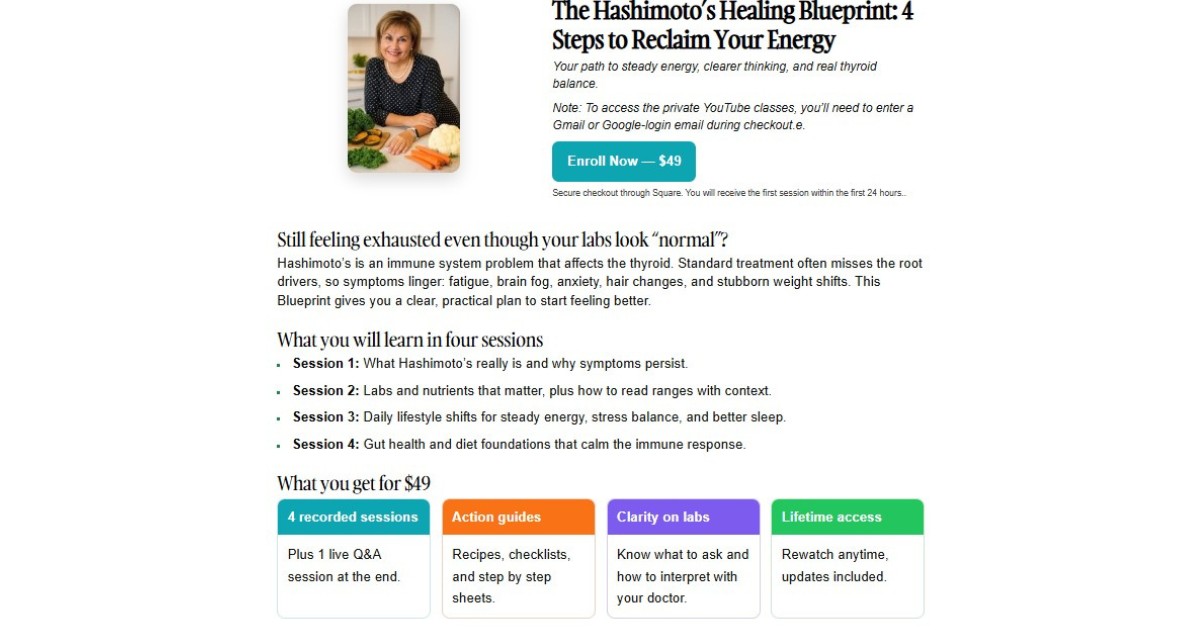The AIP Diet Food List
The Autoimmune Protocol (AIP) diet is more than just a list of “allowed” and “avoided” foods — it’s a therapeutic approach designed to calm inflammation, heal the gut, and regulate the immune system in people with autoimmune conditions.
The idea behind AIP is that many common foods — even those considered healthy in a general diet — can trigger immune responses, worsen gut permeability (sometimes called “leaky gut”), and contribute to chronic inflammation in sensitive individuals. By temporarily eliminating these potential triggers, the body has a chance to rest, reduce the inflammatory load, and begin repairing damaged tissues.
Some of the key reasons foods are excluded on AIP include:
Immune Stimulation:
Foods like dairy, eggs, and nightshades contain compounds that can provoke the immune system in autoimmune sufferers.
Gut Irritation:
Grains, legumes, and certain seeds contain lectins, saponins, and phytic acid — compounds that may irritate the intestinal lining or disrupt the gut barrier.
Inflammatory Oils & Additives:
Industrial seed oils and processed foods promote oxidative stress and inflammation.
Food Sensitivities:
Even common foods like nuts, chocolate, and coffee can act as triggers for some people, especially when the gut and immune system are already compromised.
The Elimination Phase is designed to last several weeks to months, after which foods are gradually reintroduced in a careful, systematic way to identify what your body can tolerate.
Add Your Heading Text Here
The Science Behind AIP Diet Food List: Why Elimination Matters
Many autoimmune diseases — like Hashimoto’s, rheumatoid arthritis, lupus, and autoimmune gastritis — share common underlying mechanisms: chronic inflammation, loss of immune tolerance, and impaired gut health.
Here’s why the AIP diet targets these areas:
Leaky Gut (Increased Intestinal Permeability)
The gut lining is meant to act like a selective barrier, letting in nutrients but keeping out harmful substances. Factors like chronic stress, medications (NSAIDs, antibiotics), processed foods, and immune dysfunction can damage this barrier, allowing partially digested food particles and bacterial fragments to “leak” into the bloodstream. This triggers an immune response and fuels systemic inflammation.
Molecular Mimicry and Immune Confusion
Certain food proteins may resemble human tissues. For example, the immune system might confuse dairy or gluten proteins with thyroid tissue (as seen in Hashimoto’s), leading to an attack on the body’s own cells. Removing these potential cross-reactive foods gives the immune system a chance to calm down.
Reducing Inflammatory Load
By cutting out processed sugars, inflammatory seed oils, and immune-triggering foods, the AIP diet lowers the overall inflammatory burden, giving the body more resources to heal.
Restoring Nutrient Density
The AIP diet emphasizes nutrient-dense, whole foods like organ meats, seafood, leafy greens, and fermented vegetables. These provide essential vitamins, minerals, and compounds that support gut healing, hormone balance, detoxification, and tissue repair.
AIP Diet Food List, Original Elimination Phase – What You CAN Eat
Vegetables (except nightshades)
Leafy greens (kale, spinach, dandelion greens, lettuce, arugula, chard, watercress, beet greens), cruciferous (broccoli, cauliflower, asparagus, cabbage, bok choi, Brussel sprouts, radishes), squashes (spaghetti squash, butternut squash, acorn squash, delicata squash, zucchini, yellow squash, pumpkin), root veggies (sweet potatoes, beets, parsnips, turnips, carrots, jicama, celeriac, yucca, daikon radish, onion, turmeric, kohlrabi, celery root, horseradish, ginger, garlic, shallots, arrowroot, cassava, fennel, ), cucumber, mushrooms, sea vegetables (kelp, kombu, sea lettuce, wakame, nori)
Proteins
Grass-fed beef, lamb, pasture-raised pork, wild-caught fish, pasture-raised poultry, organ meats (liver, heart, kidney), shellfish, bone broth (homemade or if bought pay attention to the ingredients), gelatin, collagen.
Fruits (in moderation)
Berries (blueberries preferable), apples, mangoes, peaches, bananas (limit total fructose intake)
Avocado, avocado oil, coconut oil, olive oil, tallow, lard, ghee
Herbs & Spices (non-seed based)
Turmeric, ginger, basil, rosemary, thyme, parsley, chives
Fermented Foods
Sauerkraut, pickles, coconut yogurt, kombucha (low sugar)
Flours
coconut, tigernut, tapioca, cassava (due to lead content this flour should be used with caution), green banana, arrowroot starch
Other
Gelatin, collagen, apple cider vinegar, coconut vinegar, honey, maple syrup (moderate use)
AIP Diet Food List, Elimination Phase – What to Avoid
Nightshades: tomatoes, peppers, eggplants, white potatoes
Grains: wheat, rice, corn, oats, etc.
Legumes: beans, lentils, soy, peanuts
Dairy (all forms)
Eggs
Nuts and seeds (including seed-based spices)
Coffee, chocolate
Industrial, vegetable, seed oils (canola, sunflower, soybean)
Alcohol, refined sugars, processed foods
Subscribe for future updates on the Autoimmune Protocol and send me a message if you want a handout list of all the ingredients that you can attach on your refrigerator.



